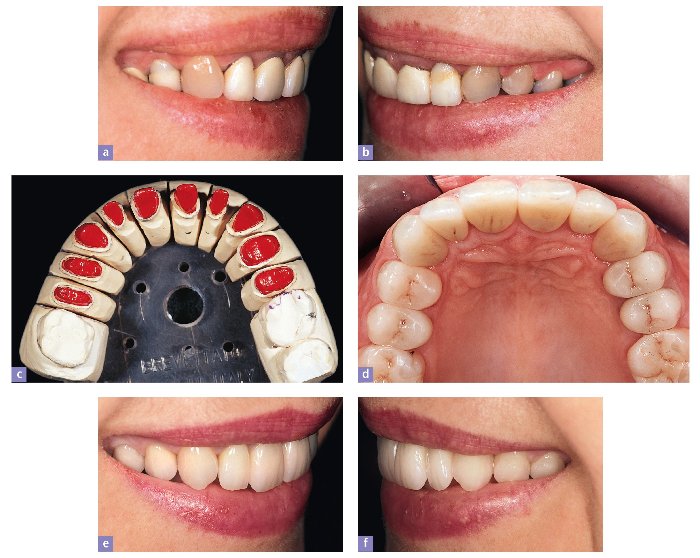The word ceramic comes from the Greek “Keramos”, that means burnt earth. Porcelain is a high quality ceramic and its name comes from the italian word “porcella” that means mollusk, whose shell is white. However, the porcelain is not made with shells of mollusks but rather is composed by inorganic materials (minerals) such as:
- Feldspathic, that forms the vitreous phase in the Porcelain, conferring translucency responsible for the aesthetic
- Quartz (silica), that forms the crystalline phase and provides mechanical strength
- Kaolin (clay), that confers plasticity and opacity. Enhances the handling of the porcelain before cooking.
All types of porcelain are based in the same materials but differ in their proportion. In dentistry there are essentially three families of porcelain according to their composition, to which elements are added to improve their mechanical properties:
Based in their mechanical and optical properties, the application of each family should be as follows:
|
Feldspathic |
For their good aesthetic are used to coat metal or ceramic structures, being able to mimic dental anatomy thanks to the addition of pigments. It should be supported over a more resistant ceramic. |
|
Aluminous |
For their good mechanical properties are reserved to design the internal structure of the prosthesis and hence should be covered by Feldspathic porcelain to reach aesthetic |
|
Zirconia |
It is only used for the manufacturing of the internal structure mostly in high mechanic compromise areas, as the posterior zones of the mouth. Nonetheless we must be cautious because their coating with Aluminous or Feldspathic ceramics decreases their tenacity. That is why ceramometal structures are still in use in the dental field. |
To work in dentistry only with ceramic is essential to have enough prosthetic. We must exclude those patients with crossbite, overbite or parafunctional habits.
As criteria selection in several clinical cases, we may include the use of the following ceramics:
Ceramic inlays: Feldspathic
Veneers: Feldspathic
Anterior crowns:
-
Clear substrates: Feldspathic
-
Dark substrates: Aluminous or Zirconia
Posterior crowns: Aluminous or Zirconia
Ceramic bridges: both anterior or posterior, Zirconia (always being cautious with the occlusion)
Ceramic implant-abutments: Zirconia, not forgetting that its resistance is less than the titanium.
The traditional porcelains are cemented to the prepared tooth and sometimes to find the space required to add layers of porcelain that provide aesthetic, tooth tissue is very worn out.
Currently there are available porcelains that fill both requirements: aesthetic and strength, and can be bonded to the teeth, proving to be the choice material in our daily practice. We are talking about IPS e.max Ceram, that will be discussed in a new article.

Brighton Implant Clinic. September 4, 2013
By Dr. Mariana Cadorin


Comments are closed here.